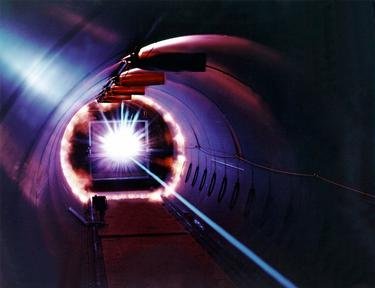Quiz Answer Key and Fun Facts
1. There are three pairs of quarks. The first generation comprises the best known pair. Three of these quarks of the first generation combine together to form either a neutron or a proton. What is the name of this pair of quarks?
2. Ancient Greek philosophers thought the atom was the smallest possible unit of matter. The word "atom" literally translates to "impossible to cut" or "impossible to divide". And yet the atom consists of various smaller particles. Who first came up with the idea of subatomic particles, after an experiment in 1897?
3. As soon as subatomic particles were discovered, various scientists designed a model to illustrate the distribution of the particles in the atom. Which of the following particles is *NOT* used in the most basic atomic models?
4. Several subatomic particles were named after Greek letters. Which of the following Greek letters did *NOT* influence the name of one of the subatomic particles?
5. Each subatomic particle has an anti-particle.
6. In 1964, several scientists developed a theory on the existence of the Higgs boson: an elementary subatomic particle without spin or electric charge, and with a very large mass (for a subatomic particle, that is). Which of the following scientists was the only one to share the Nobel prize with Peter Higgs, the scientist who gave his name to the Higgs boson?
7. One of the most complicated theories involving subatomic particles is that some of the elementary ones have one of three colours: red, green or blue. The colour status and its interactions explain which of the four basic forces?
8. The LHC particle accelerator in the CERN facilities was named after a type of composite subatomic particles. Its full name is the "Large ____ Collider". Which word is abbreviated to H?
9. Which of the following people gave his name to the boson particles, a general class of subatomic particles?
10. Which subatomic particle is named after light, and acts as a wave of energy?
Source: Author
JanIQ
This quiz was reviewed by FunTrivia editor
rossian before going online.
Any errors found in FunTrivia content are routinely corrected through our feedback system.

